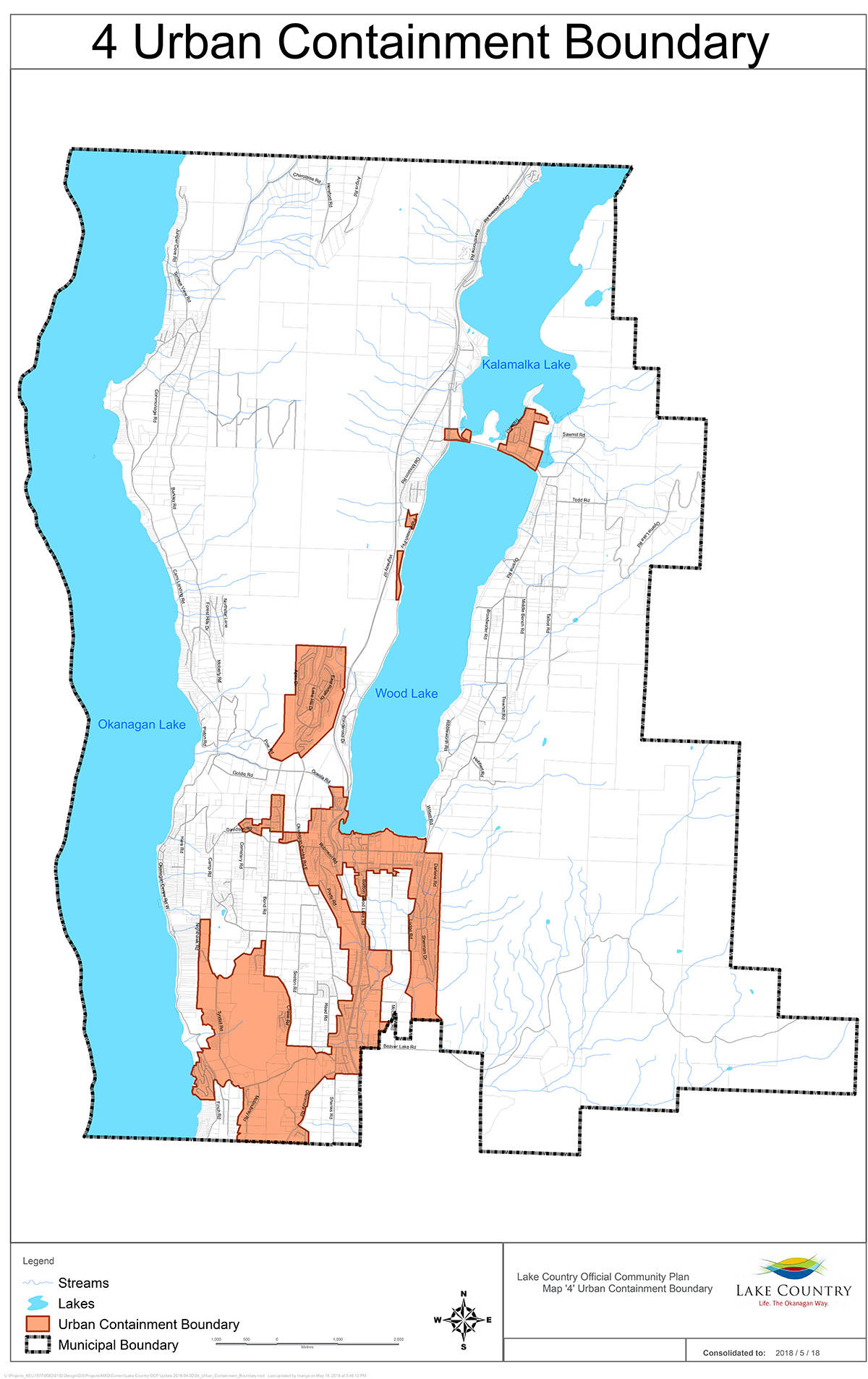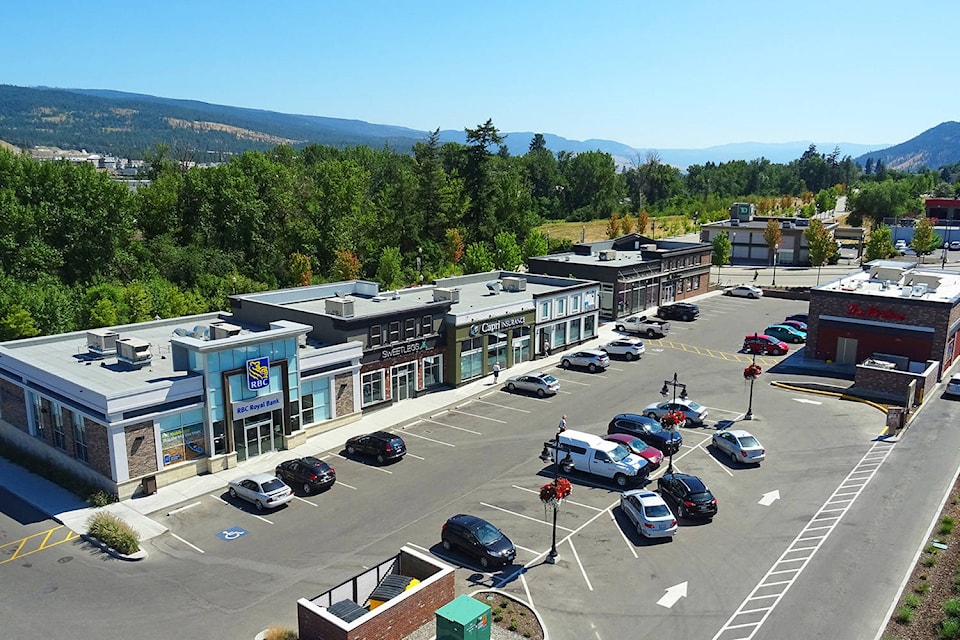The District of Lake Country will protect its rural environment by keeping new growth in a few areas around the district, according to the latest draft of its Official Community Plan.
“New growth in purpose-built residential developments is occurring in the communities of The Lakes, Copper Hills and Lakestone. Growth is also being directed to the existing Town Centres in Winfield, such as the Winfield Town Centre and the Woodsdale area to better accommodate new development.
“The district’s focus on industrial and commercial growth provides for the anticipation of a higher amount of square footage for these types of economic activities as well,” according to the draft OCP, which will be presented Tuesday during Lake Country’s council meeting.
A report detailing the OCP also identifies the Main Street town centre as a key commercial and residential hub.
It also helps to have an efficient sewer model for a community with clearly identified growth areas, said Mark Koch, director of community services with the district.
The development areas are determined by the Agriculture Land Reserve, previously developed sections of the district and the capability to build on the land, he said.
The district is also working on an affordable housing strategy and densifying by providing residents with a broad variety of homes, added Koch.
Currently, most Lake Country residents—69 per cent—live in single-detached homes, according to the draft OCP.
“The average price of a home in Lake Country in 2016 was $596,138, compared to the provincial average of $720,689. That is a 30.3 per cent increase since 2006,” the OCP said.
Lake Country is also below the provincial average rental average of 33 per cent for rental housing with 22 per cent of homes classified as rentals. Average monthly prices for rental units are similar to the B.C. average, the OCP said.
Construction is the largest employment sector in Lake Country at 11 per cent, which is no surprise considering development, Koch said.
The B.C. average is eight per cent. Construction is followed by retail and health care, according to the draft OCP.
A wildlife corridor that connects Okanagan Mountain Park and Kalamalka Park is also outlined in the draft OCP.
The one-kilometre wide swath of grassland that extends through Lake Country as part of the identified connectivity route between the parks is 14.9 kilometres in total area, with about 14.7 of that privately owned.
Lake Country has 484 hectares of parkland and aims to have four hectares of land for every 1,000 residents, which it greatly exceeds with a population of 13,000.
“The idea is to maintain access to natural space and program space for recreational purposes,” Koch said.
The draft OCP looks from 2018 to 2038 and will be up for first reading at Tuesday night’s regular council meeting.
@carliberry_
carli.berry@kelownacapnews.com
Like us on Facebook and follow us on Twitter.

